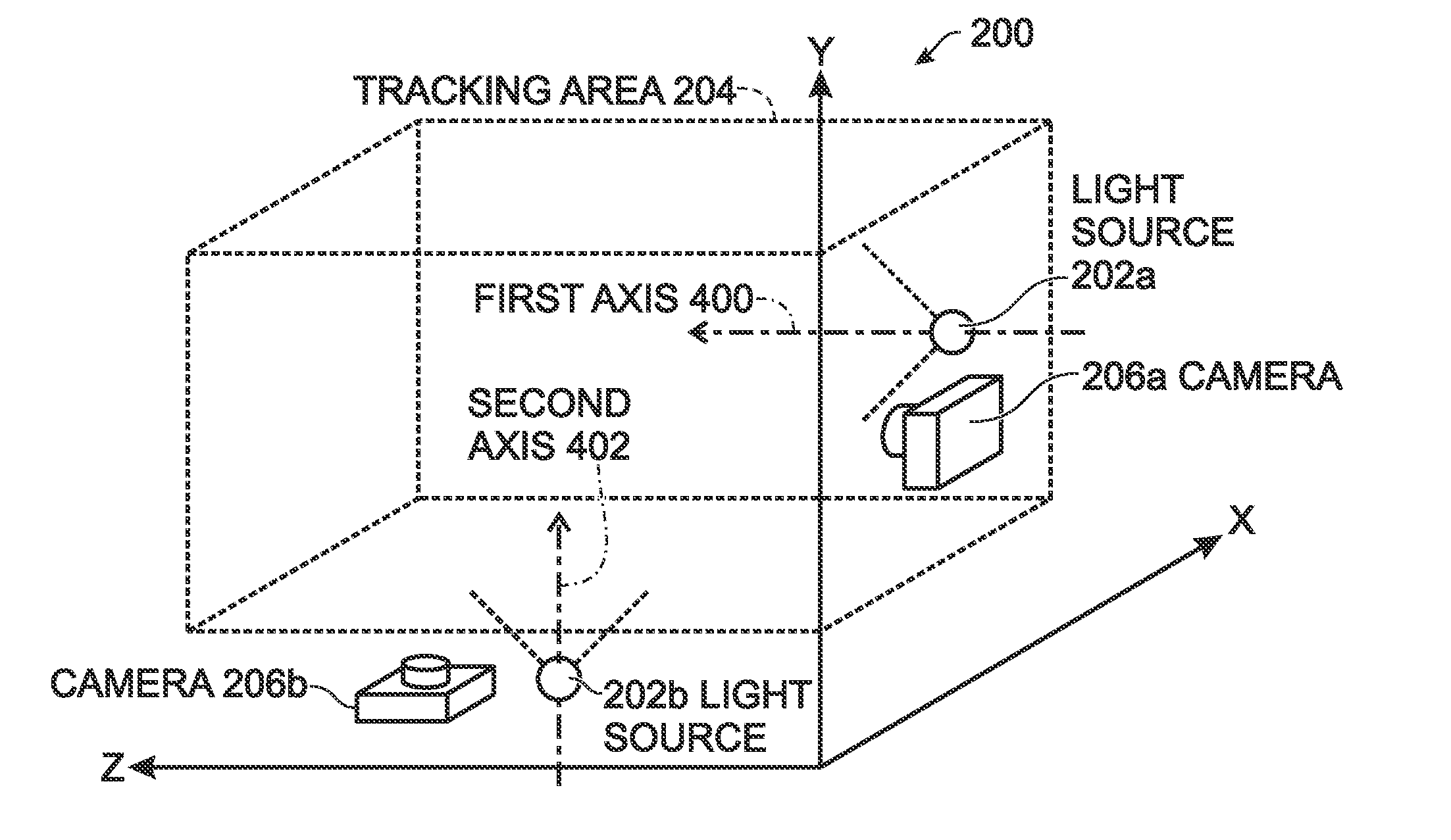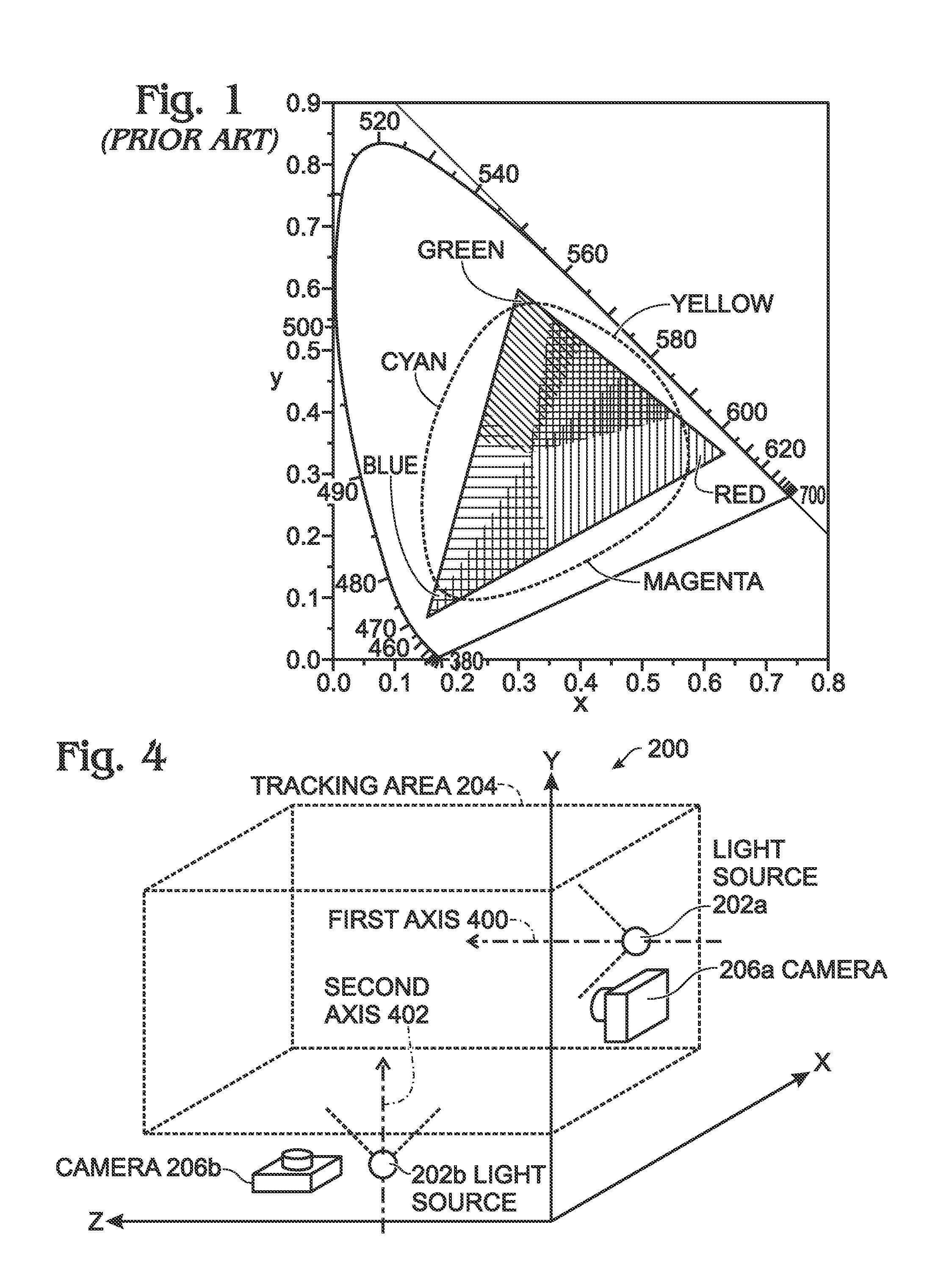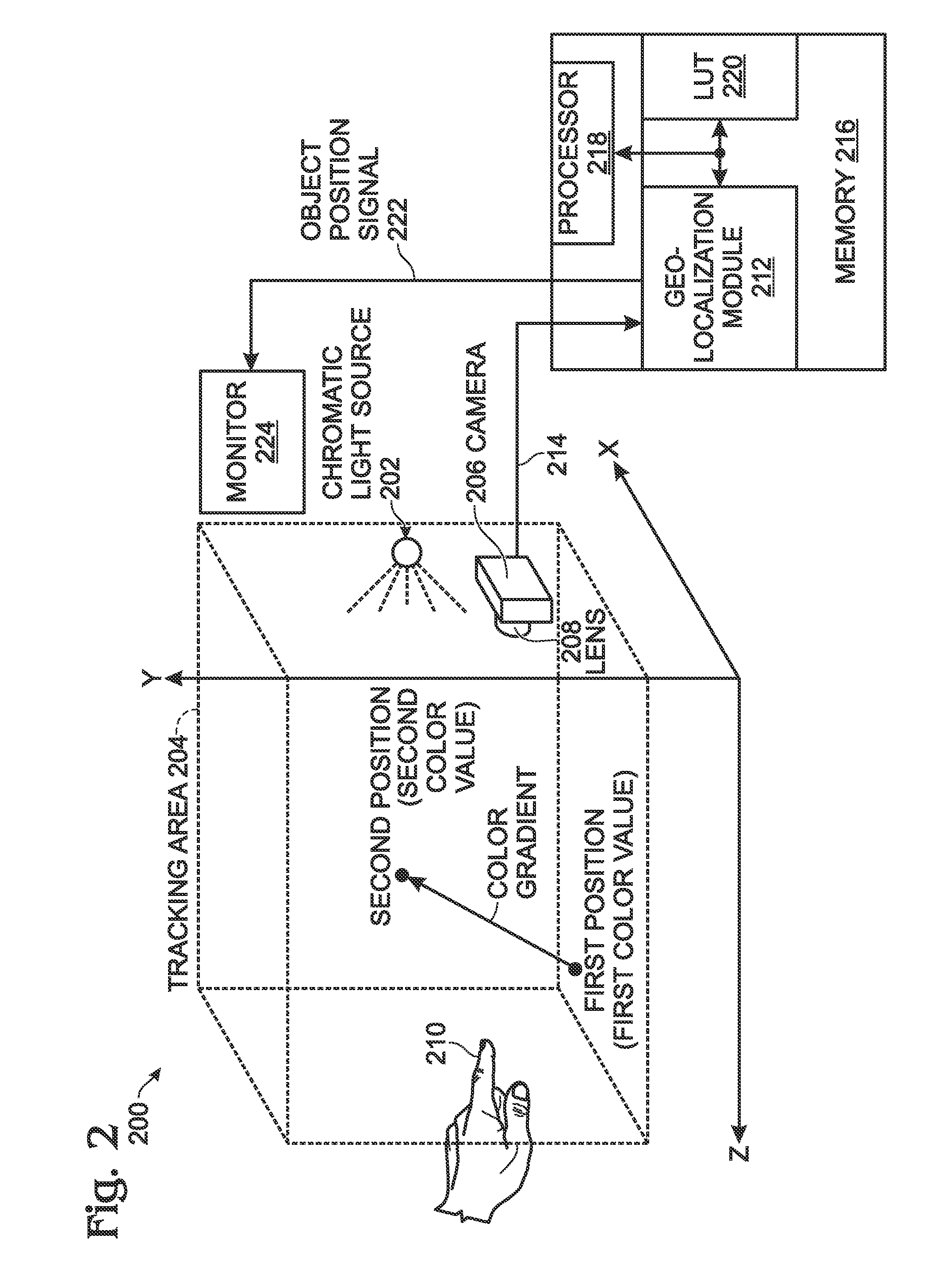Color Gradient Object Tracking
a color gradient and object technology, applied in the field of machine vision sensing, can solve the problems of inability to match the capabilities of human vision in image comprehension, inability to tolerate lighting variations and image degradation, and inability to match the capabilities of human vision in terms of accuracy and usefulness, and achieve the effect of improving reliability
- Summary
- Abstract
- Description
- Claims
- Application Information
AI Technical Summary
Benefits of technology
Problems solved by technology
Method used
Image
Examples
Embodiment Construction
[0045]As used in this application, the terms “component,”“module,”“system,” and the like are intended to refer to a computer-related entity, such as hardware, firmware, a combination of hardware and software, software, software stored on a computer-readable medium, or software in execution. For example, a component may be, but is not limited to being, a process running on a processor, a processor, an object, an executable, a thread of execution, a program, and / or a computer. By way of illustration, both an application running on a computing device and the computing device can be a component. One or more components can reside within a process and / or thread of execution and a component may be localized on one computer and / or distributed between two or more computers. In addition, these components can execute from various computer readable media having various data structures stored thereon. The components may communicate by way of local and / or remote processes such as in accordance wi...
PUM
 Login to View More
Login to View More Abstract
Description
Claims
Application Information
 Login to View More
Login to View More - R&D
- Intellectual Property
- Life Sciences
- Materials
- Tech Scout
- Unparalleled Data Quality
- Higher Quality Content
- 60% Fewer Hallucinations
Browse by: Latest US Patents, China's latest patents, Technical Efficacy Thesaurus, Application Domain, Technology Topic, Popular Technical Reports.
© 2025 PatSnap. All rights reserved.Legal|Privacy policy|Modern Slavery Act Transparency Statement|Sitemap|About US| Contact US: help@patsnap.com



